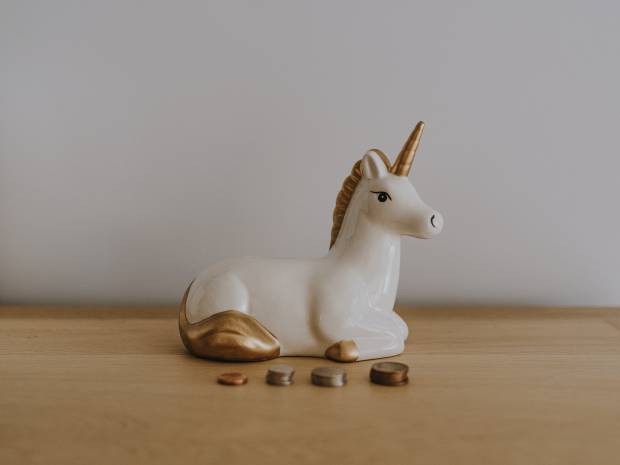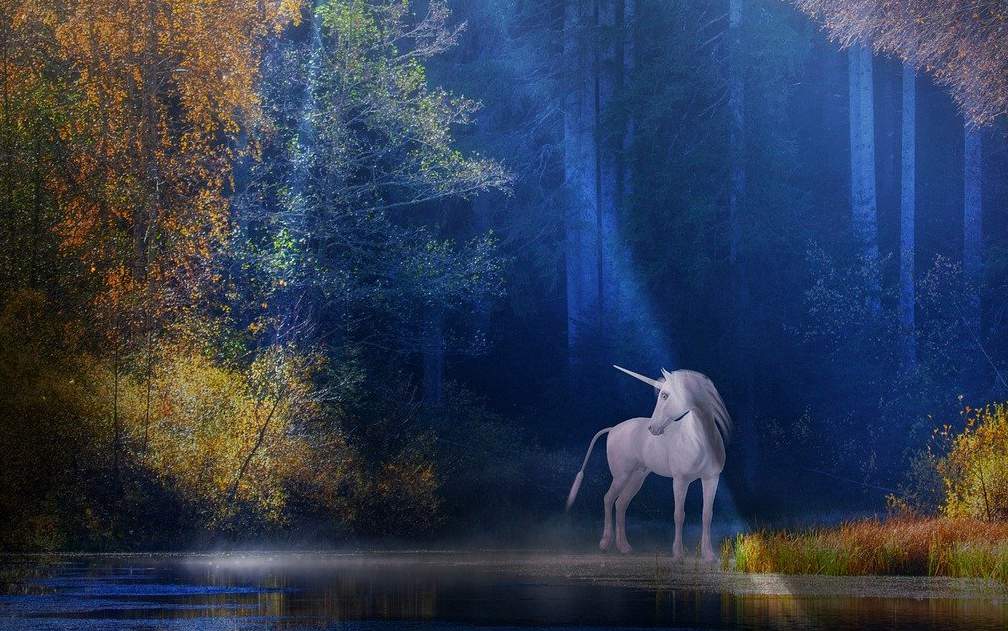In the Vana Grimoire series, we share tips and background information on pagan festivals, recipes, mythologies, history and other worth knowing subjects that are related to our events. In this blog, we tell you more about the mythical unicorn.
Last few years, the unicorn gained popularity in pop culture. Everything has a unicorn styled version; socks, clothing, soaps, cereals, confetti, you name it…
But the mythical creature has been around for much longer. The first written description of a one-horned beast dates back to 400 BC. The Greek historian Ctesias wrote about an animal the size of a horse, with a white body, purple head, and blue eyes. On its forehead, it had a horn coloured red, black, and white. In Latin, single-horned is unicornis, which is where our English word unicorn comes from. The animal Ctesias had seen is probably a rhinoceros.
But there is a real species, the Siberian unicorn (Elasmotherium), that was believed to have lived long before us humans set foot on the earth. However, recent studies have shown that these animals did indeed live during the same time as the woolly rhino and mammoth. This would mean our ancestors could have seen this unicorn. Could this be where the unicorn myths started?

Through the ages
All through the middle ages, people still believed in unicorns. They were described in almost every bestaria - an encyclopedia on animal species. As the unicorn was seen as a magical and innocent creature it was believed that it could only be captured in one way: By placing a virgin on its route. The unicorn was believed to approach the virgin and lay its head on her lap to sleep. Then hunters could make their move.
As you can imagine, many hunters must have gone on hunting trips with a bunch of virgins tagging along to go catch a unicorn.
Apparently, a part of these hunting trips has been fruitful, as there were many unicorn horns circulating the markets. The horn was believed to have magical powers. It depends on the stories and the cultures which exact powers it would have, but all include healing.

But where did the horns actually come from? We know that the Greek Ctesias talked about a rhinoceros, but there is another horned animal that appeals to the imagination even more: the narwhal. The real hunters just hunted the narwhal as it lives in the Northern Hemisphere in the waters around the Northpole. The narwhal is a small whale with a giant tusk on its head that can grow from 1,5 to 3 meters. Thanks to these medieval hunters the narwhal has the nickname ‘unicorn’ of the sea’.In some museums about the Middle Ages, they still have unicorn horns on display, with a little note added that it indeed is a narwhal tusk.
National animal
Celtic mythology is very praising about the horned horse and sees it as a symbol of purity, courage and strength. It is Scotland’s national animal. In the twelfth century, the unicorn even made its appearance in the Scottish royal coat of arms. And could be found on a gold coin a few centuries later.
You can still find depictions of the unicorn in castles, palaces and cathedrals through Scotland. They love the mystic animal so much that they proclaimed April 9th as National Unicorn Day.




